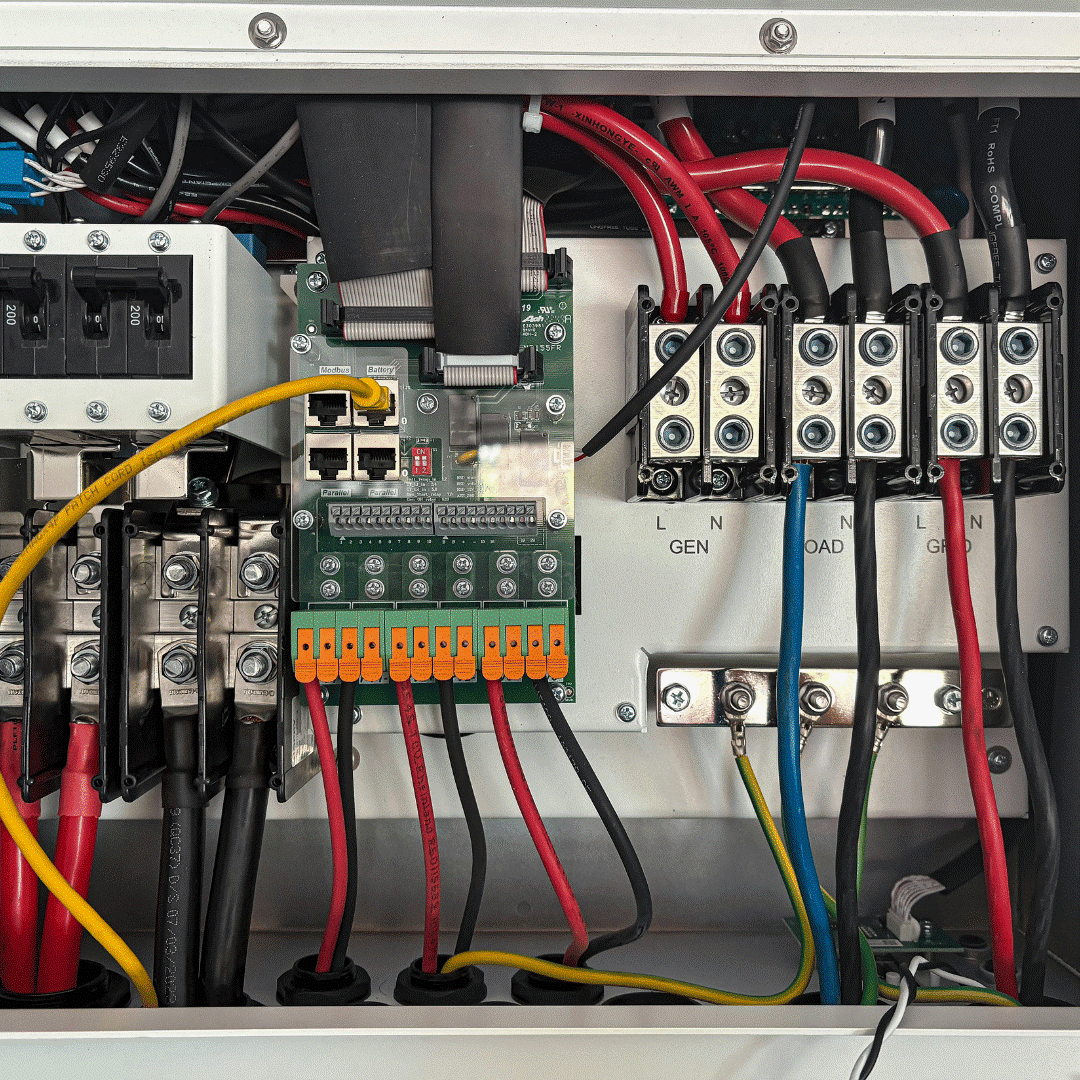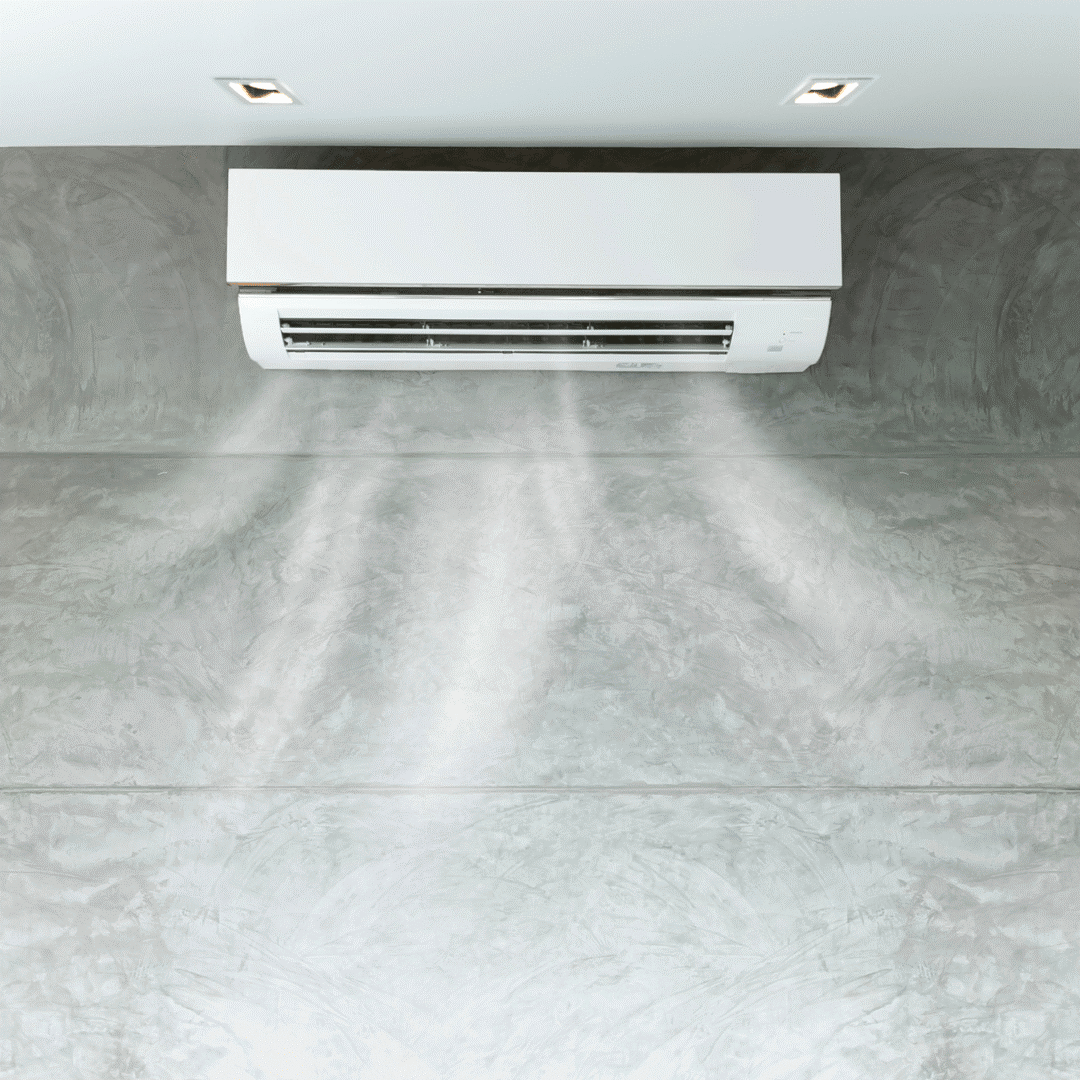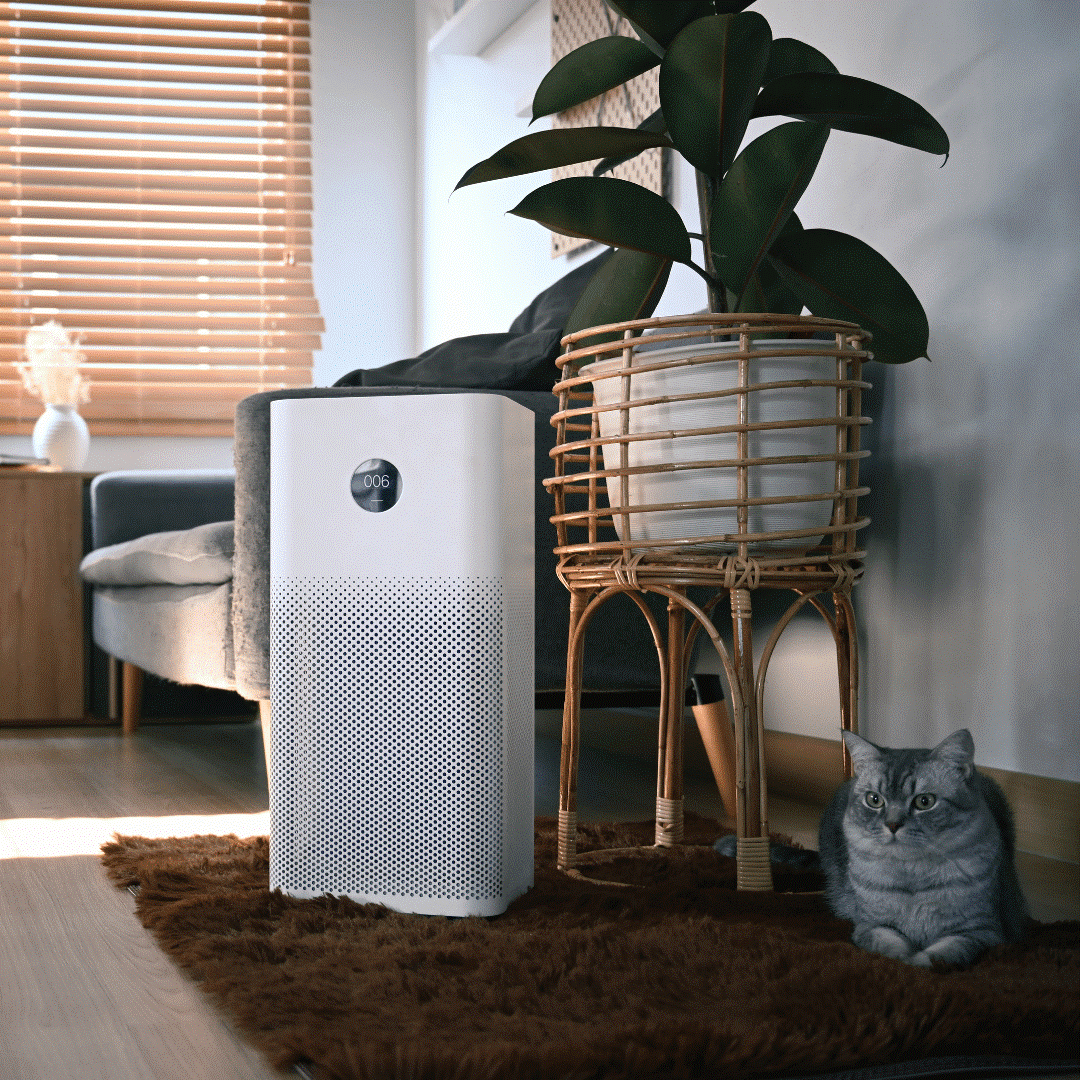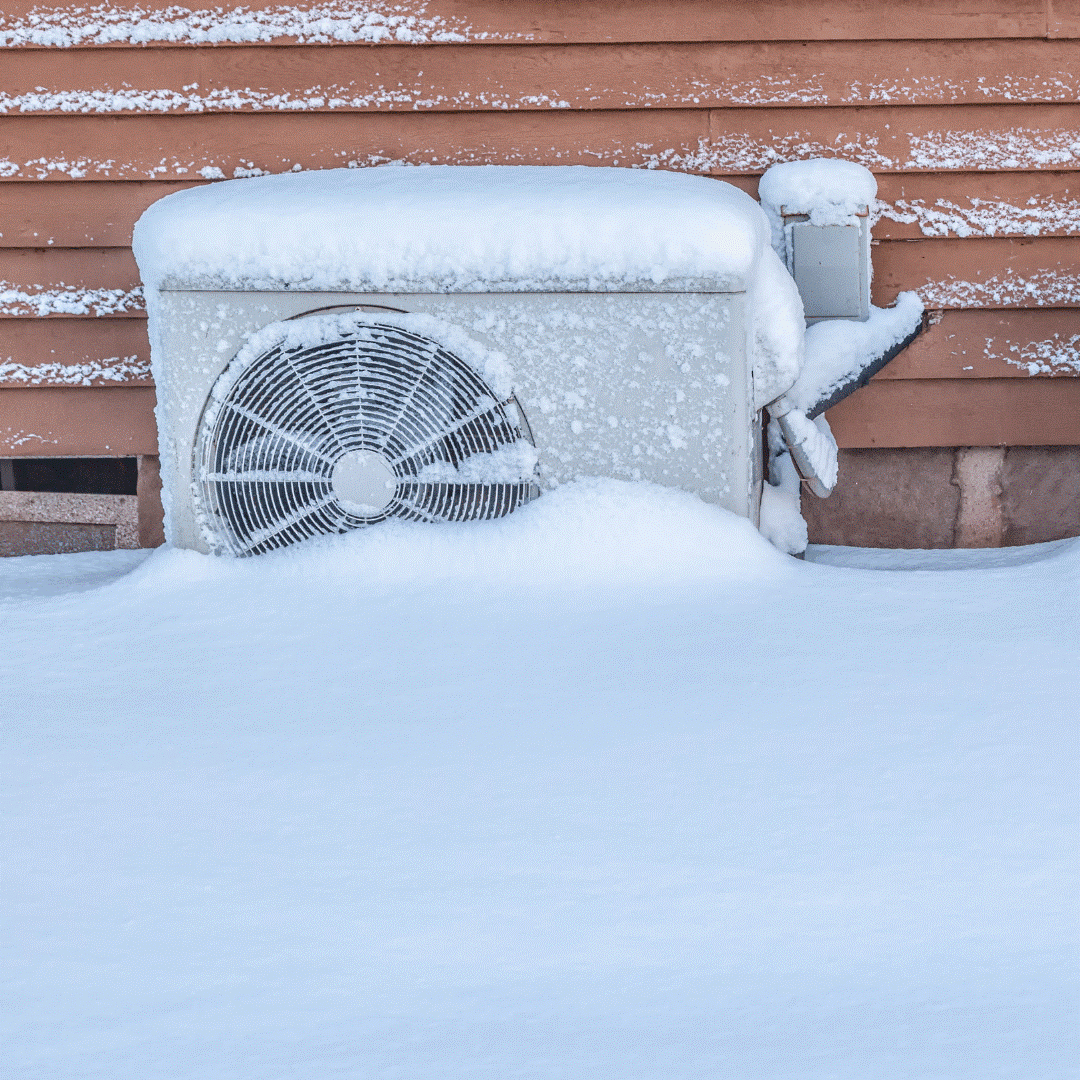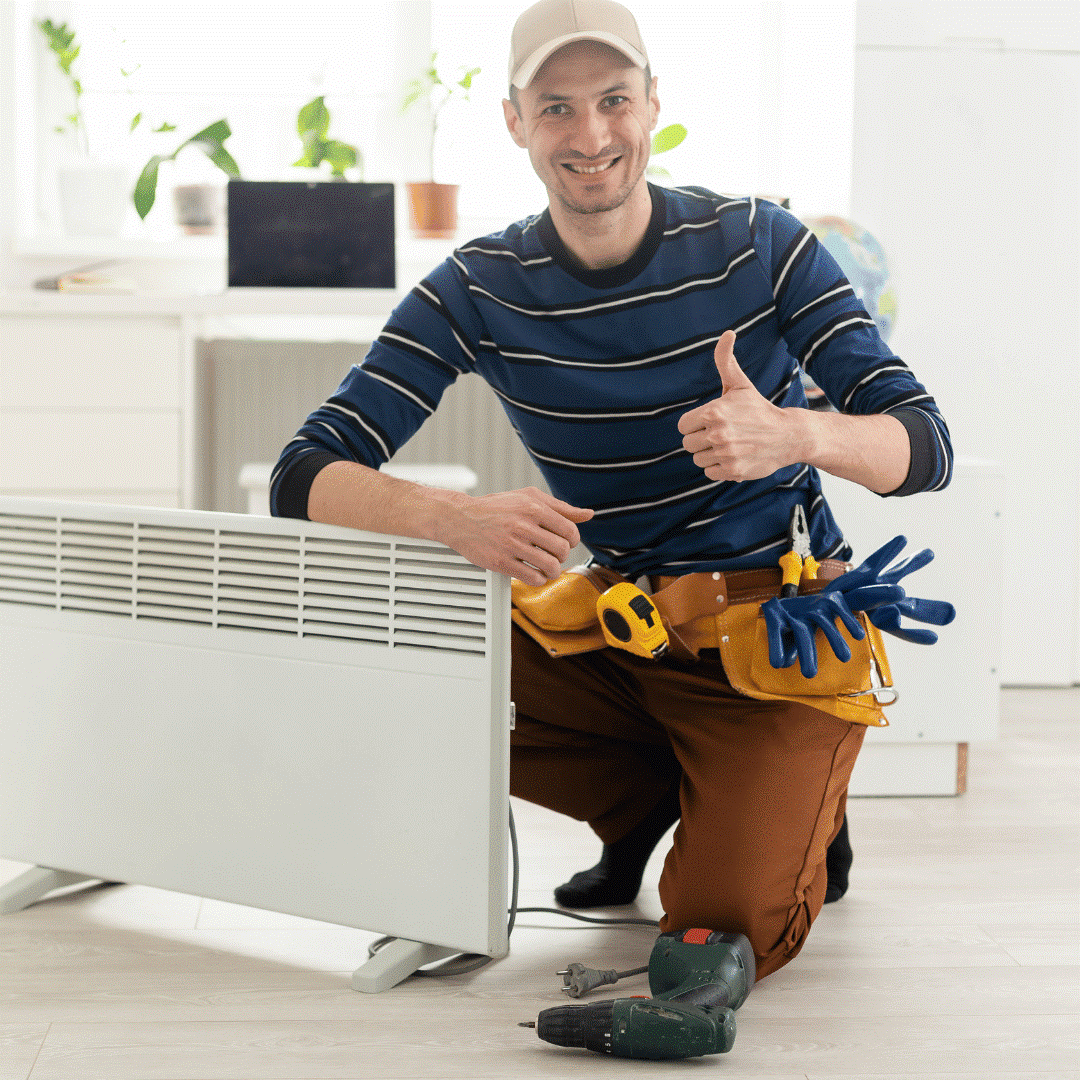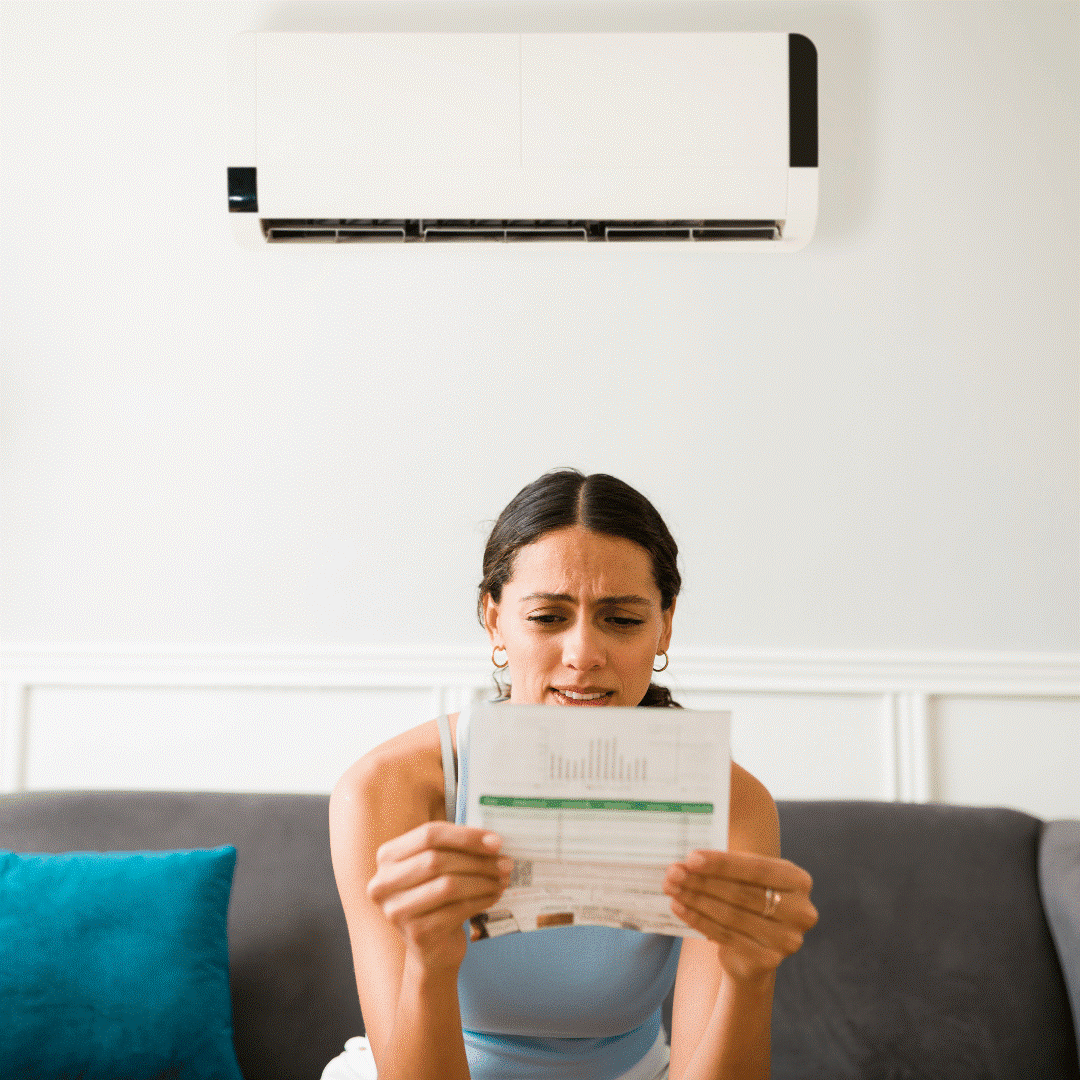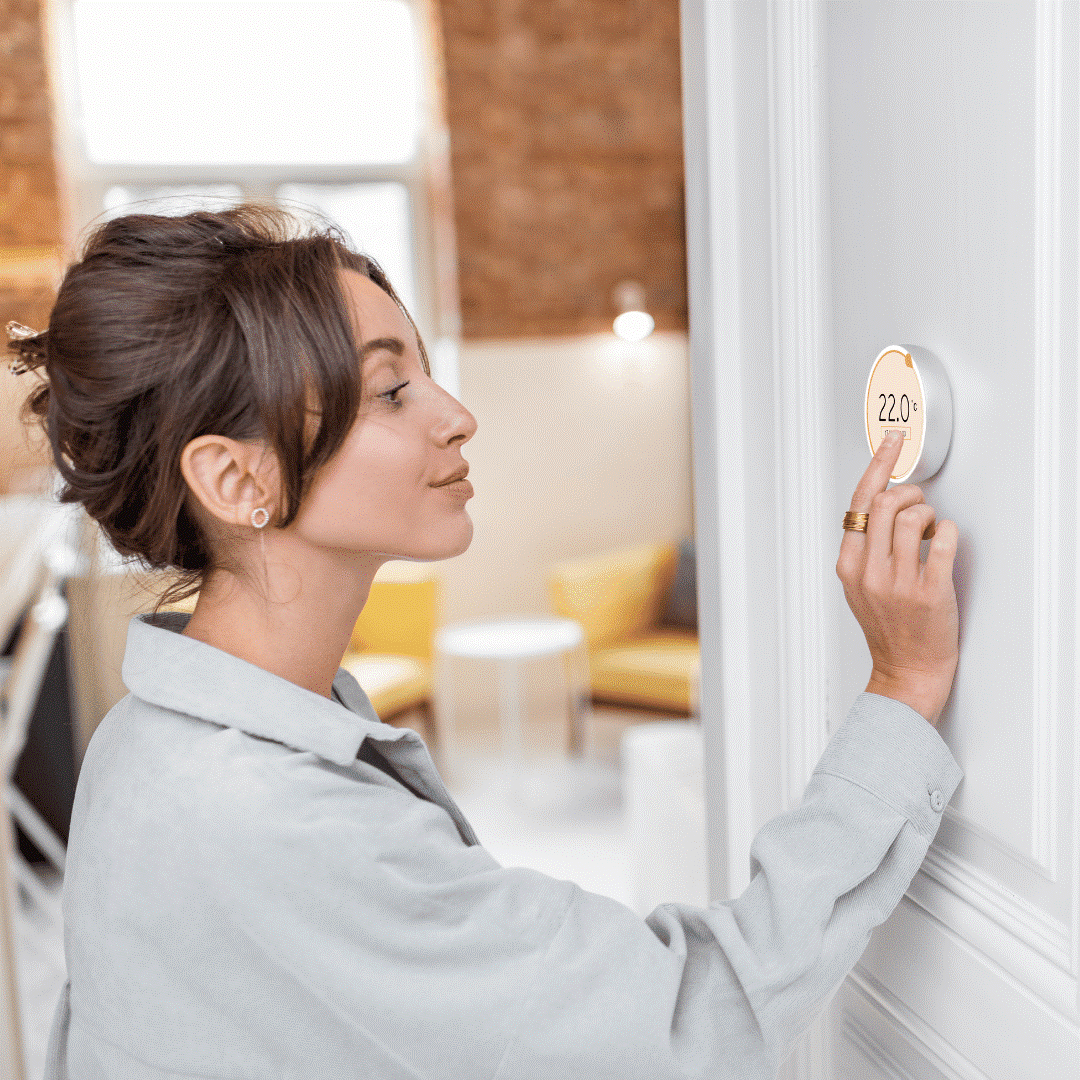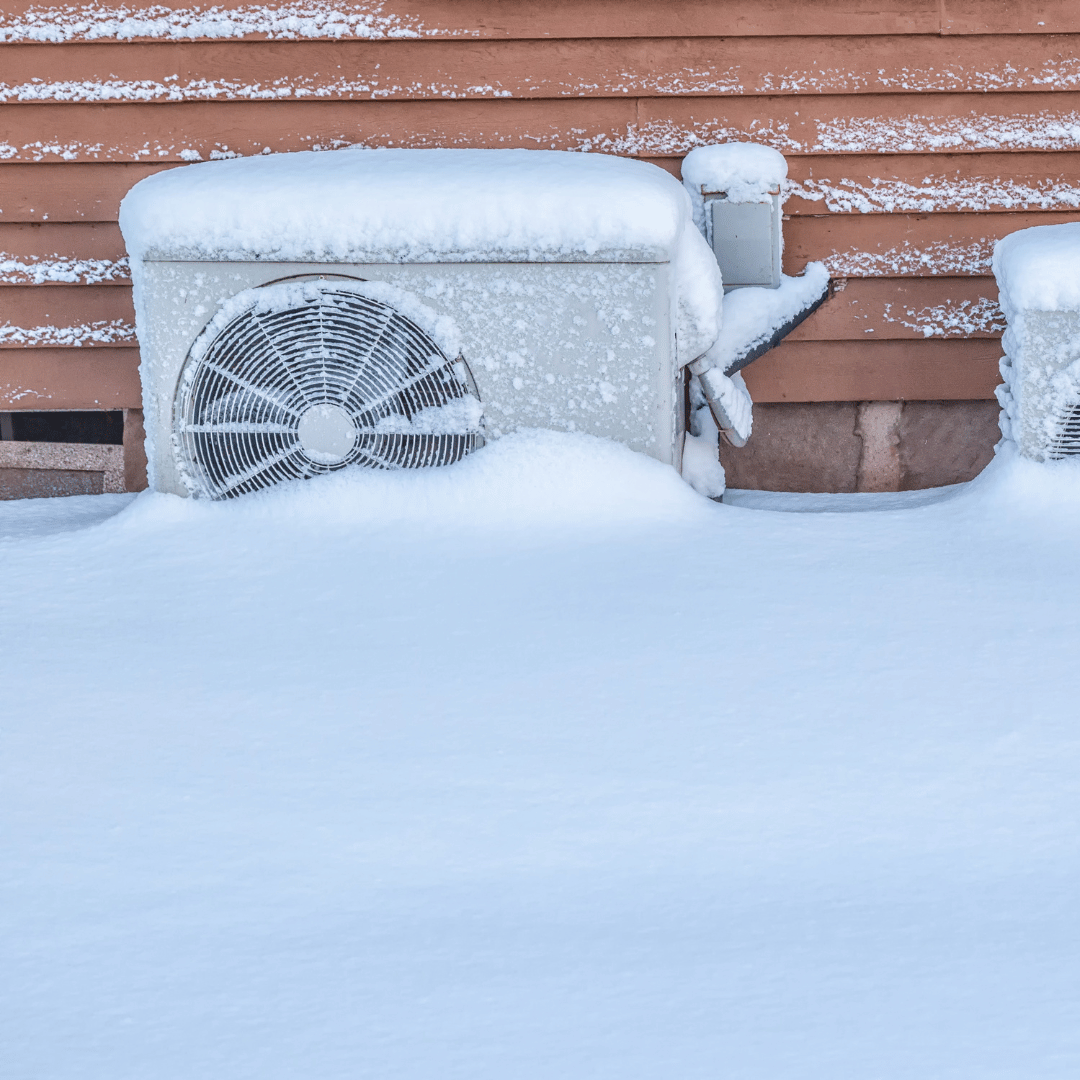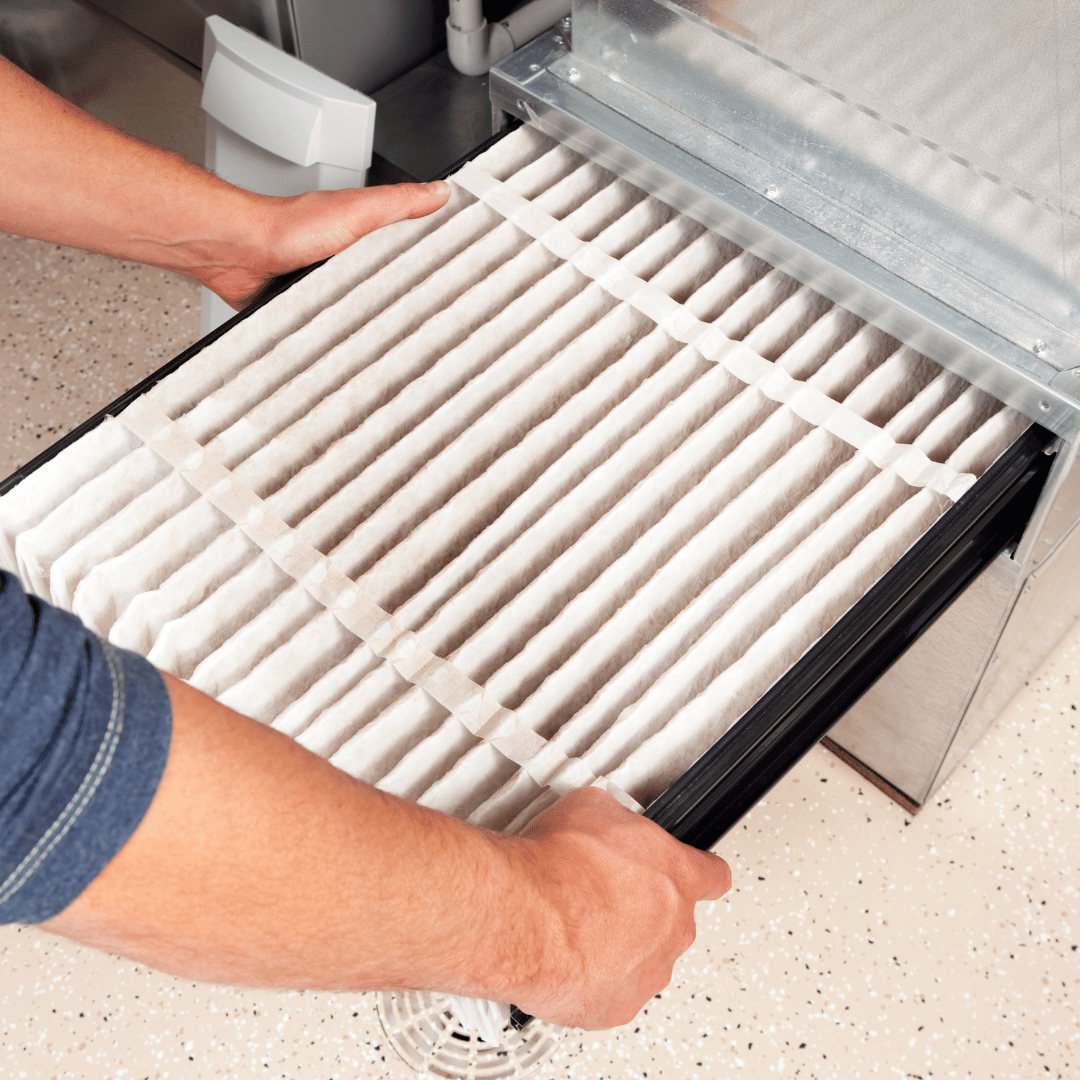How to Boost Your HVAC System’s Performance with Simple Airflow Adjustments
If your home feels stuffy in one room and freezing in another—or your energy bills keep climbing for no reason—poor HVAC airflow could be to blame. At Salt Air Heating Cooling & Electrical, we hear this from homeowners all the time. The good news? You don’t always need a new system. Sometimes, simple airflow adjustments can make a big difference.
Let’s break down what you need to know about boosting your HVAC system’s performance, how airflow HVAC works, and what steps you can take right now to get better comfort, cleaner air, and lower energy bills.
Why Airflow Matters to Your HVAC System’s Efficiency
Think of your HVAC system as the lungs of your home. Without proper airflow, your heating or cooling system can’t do its job. Air needs to travel freely through your duct system, into every room, and back out through your return air vents. When that air is blocked, restricted, or lost through air leaks or leaky ducts, it throws off the entire system.
Here’s what can happen:
- Uneven temperatures (hot upstairs, cold downstairs)
- Weak airflow from vents
- Dusty air or poor indoor air quality
- Higher energy bills
- HVAC system wear and tear or even compressor failure
Sound familiar? You're not alone—and you're in the right place.
Common Signs of Poor HVAC Airflow
HVAC airflow problems are real. Here are some telltale signs to look for:
- Hot or cool air is not reaching all rooms
- Strange noises (whistling or banging from ducts)
- Decreased airflow from supply vents
- Cold spots or rooms that never warm up
- HVAC system that runs constantly but never hits your desired temperature
If any of these ring true, your entire HVAC system might be struggling due to something as simple as clogged air filters or blocked vents.
Quick Wins: Start with the Air Filter
Your air filter is the first line of defense in your HVAC system. A clogged filter restricts airflow, reduces efficiency, and makes your system work harder than it should. And yes—this alone can be the reason your rooms aren’t getting enough air.
What to do:
- Check your filter monthly
- Replace it every 1–3 months (more often if you have pets or allergies)
- Choose a high-efficiency filter if you want better air quality
A clean filter supports smooth airflow, helps the ac blower move air more effectively, and protects your evaporator coils from buildup.
Clear the Path: Unblock Your Vents
Take a walk around your home. Are any vents covered by furniture, rugs, or curtains? Blocked vents are a major culprit behind poor airflow.
Quick tips:
- Move large furniture away from supply vents and return air vents
- Avoid closing too many vents—this can increase static pressure
- Keep at least 2–3 feet of clear space around each vent
By improving air distribution, you help your cooling or heating system breathe better—and perform better.
Address Dirty or Leaky Ductwork
Over time, your duct system collects dust, debris, and sometimes mold. Worse, ducts can become leaky, allowing air to escape before it reaches the rooms where you need it.
What you can do:
- Schedule a duct cleaning every 3–5 years
- Inspect visible ducts for gaps or holes (use duct tape for temporary fixes)
- Have a Salt Air HVAC technician check for air leaks and seal them properly
Leaky ducts can reduce airflow by up to 30%. That's air you’ve already paid to heat or cool—just vanishing.
Don’t Ignore the Outdoor Unit
Your outdoor unit (also called the condenser) needs space to draw in fresh air. If it’s surrounded by weeds, leaves, or mulch, it won’t be able to do its job. That affects the entire system.
What to check:
- Keep at least 2 feet of clearance around the unit
- Gently clean the fins using a hose or soft brush
- Remove dirt and leaves regularly
This small task can make a big difference in optimal airflow and your unit’s lifespan.
Make Sure Your System Is the Right Size
Believe it or not, the size of your HVAC system and ductwork can affect airflow. Undersized ductwork or an oversized air handler may lead to static pressure problems, airflow imbalance, or even faulty thermostat readings.
Try Zoning for Better Airflow Control
If you struggle with rooms that are too hot or too cold, a zoning system might be your best solution. Zoning allows you to control temperatures in different parts of your home independently.
Benefits:
- Tailored comfort for every family member
- Reduced energy use
- Better airflow HVAC control throughout the day
When paired with smart thermostats, this upgrade gives you sufficient airflow where you want it—when you need it.
Schedule a Professional Airflow Assessment
Even if you follow all the DIY steps above, you might still need a little help. Measuring HVAC airflow isn’t just about feel—it’s about science. Our team at Salt Air uses advanced tools to assess air entering and exiting your system, check for dirty coils, test static pressure, and inspect for compressor failure or improper air handler settings.
Let's Boost Your Comfort—Starting Today
At Salt Air Heating Cooling & Electrical, we specialize in helping homeowners get the most from their HVAC systems. From fixing decreased airflow to balancing air coming into every room, we understand how frustrating weak airflow can be—and we know how to fix it.
Let us help you:
- Improve comfort and energy savings
- Increase indoor air quality
- Prolong your heating unit and cooling system’s lifespan
- Make your home feel like home again
Final Thoughts: One Adjustment at a Time
Improving HVAC airflow doesn’t have to be complicated. Whether it's replacing a clogged filter, unblocking vents, or sealing leaky ducts, every little fix supports a stronger, more efficient HVAC unit.
You don’t have to figure it all out alone. Call Salt Air Heating Cooling & Electrical today to schedule your airflow inspection or seasonal maintenance. We’re here to make sure your entire HVAC system is running at its best—because your comfort matters.
